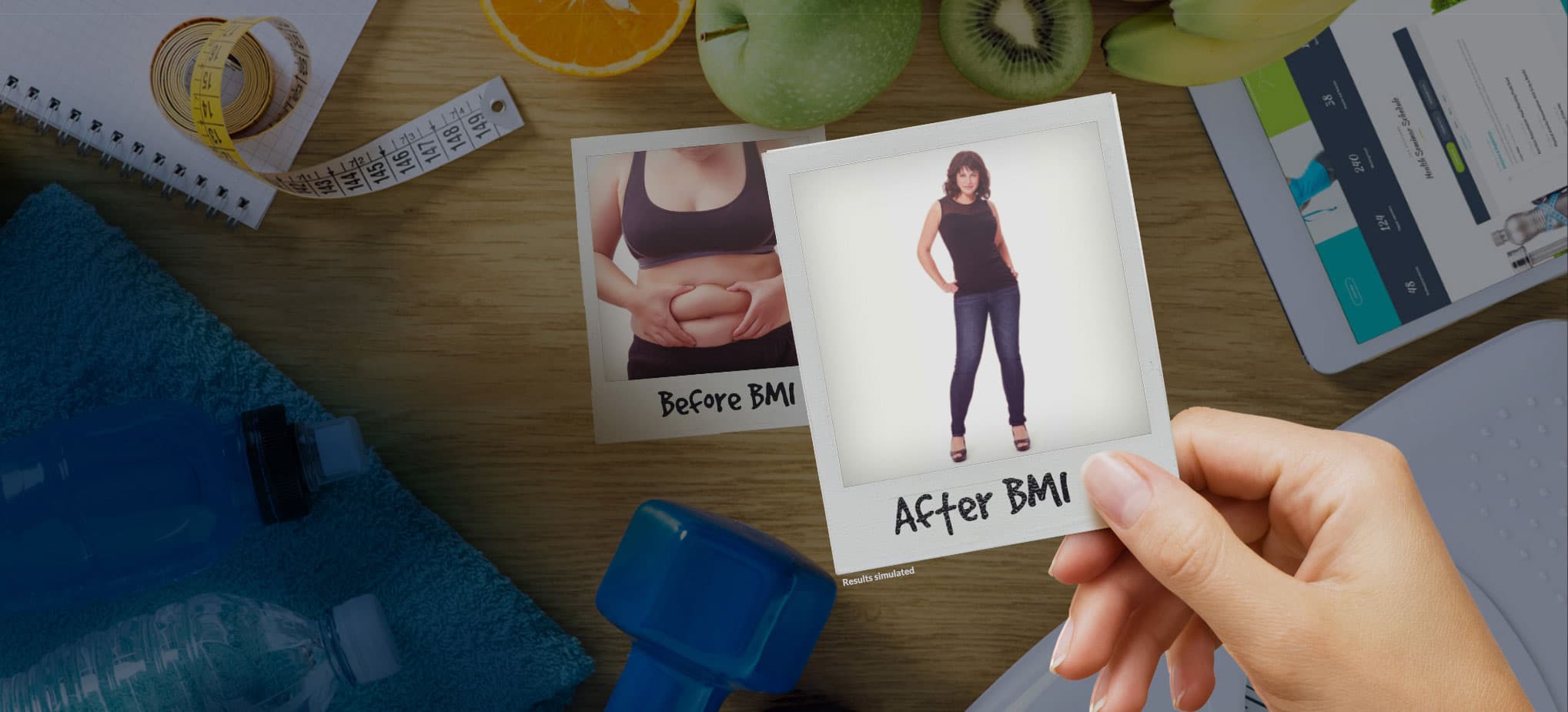A healthy garden can provide plenty of benefits for your mind and body, but if you’ve never planted one before, you may wonder about the best way to get started. To create your first healthy garden that produces delicious homegrown foods for a better diet, we recommend testing out some of the following tips.
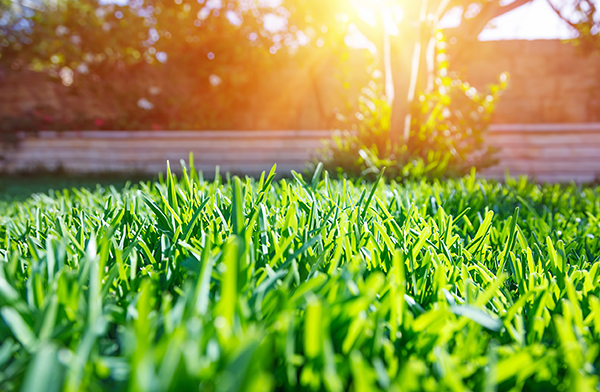
Choose a sunny location
Most vegetables grow best in a location that gets six to eight hours of direct sunlight during the summer. However, try not tochoose somewhere too far from your home because you’ll need to be able to conveniently water and enjoy your garden as you come and go or look out of your windows.

Start relatively small
When you’re just kicking off your garden, start relatively small so you’ll be able to manage tasks without feeling overwhelmed. A 10-foot by 10-foot space is usually a good starting point. You can always expand your garden next year, adding more crops as you learn what grows best.
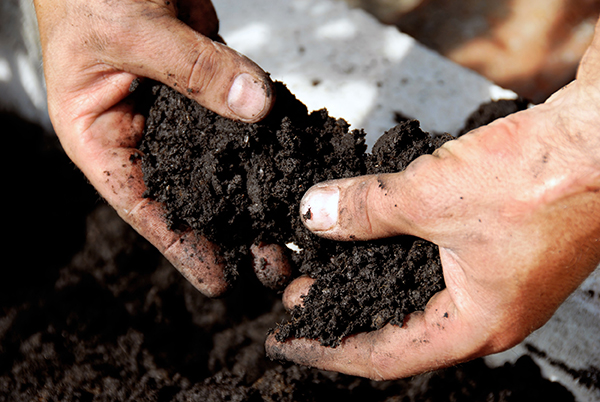
Prepare your soil
You’ll need fertile soil with good drainage and aeration for your garden to be a success. If your yard doesn’t naturally provide this, you’ll need to make it happen yourself. If you have heavy clay soil, you can add 1 or 2 inches of sand and 2 to 3 inches of organic matter in early spring, mixing thoroughly with the existing soil. You can also add organic matter such as compost or grass clippings, turning the soil deeply each time. Organic matter can be used to improve sandy soil, as well.

Use raised beds to improve drainage
Your soil will need to drain well in order for you to maintain a successful garden. To test it, dig a hole, fill it with water, and measure how far the water drops in an hour. You’ll want to see an inch of drainage over that period, at the very least. Raised beds can help ensure sufficient drainage and also offer an easy way to add improved soil.
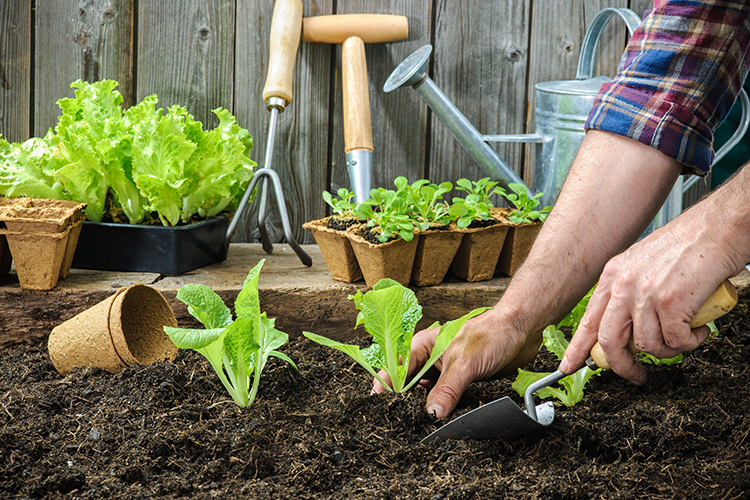
Select the right plants
Leafy vegetables grow best in soil with poor drainage, but plants such as rutabaga and Brussels sprouts aren’t recommended for spring planting in our area due to the high temperatures. In addition, garlic won’t form quality cloves if planted in spring in the San Antonio area.
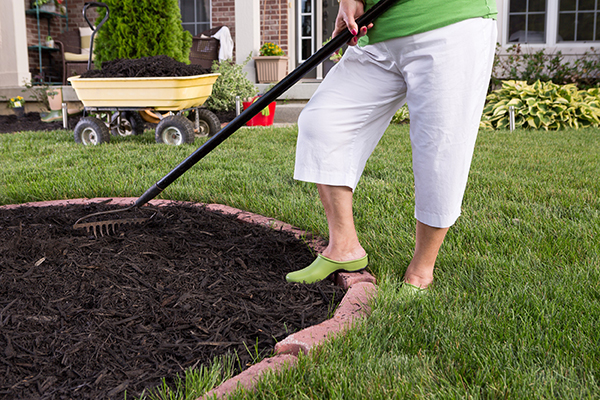
Use mulch
Mulch will help your garden retain water and combat weeds. About an inch or two of mulch around the plants is all you need. If you do see weeds, use a long-handled hoe to remove them, but be careful to avoid injuring roots near the surface of the soil.

Water your garden regularly
Your garden will need about an inch to an inch and a half of water per week, which you can deliver via drip or soaker hoses. Be sure to wet the soil to a depth of at least 6 inches.
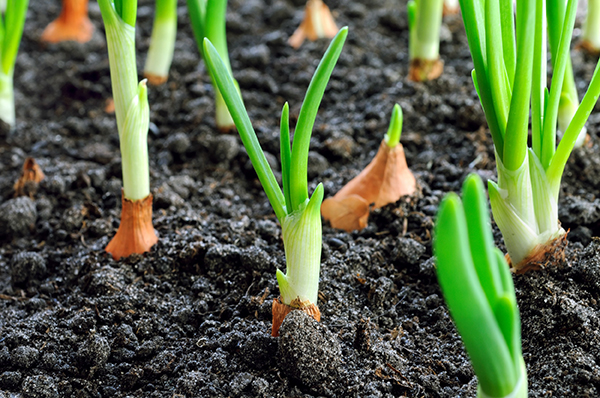
Increase your knowledge
A wealth of local gardening resources are available to help you learn more about growing a healthy garden in this area. For example, Bexar County Master Gardeners has a gardening hotline and hosts classes, including one that teaches participants about growing different types of peppers and tomatoes for homemade salsa. The San Antonio Botanical Garden also holds classes on topics such as hardy plants that do well in this area.
We hope you enjoy creating your first healthy garden, as well as the fruits (or vegetables) of your labor! For more information about steps you can take to manage your weight, contact BMI of Texas.

